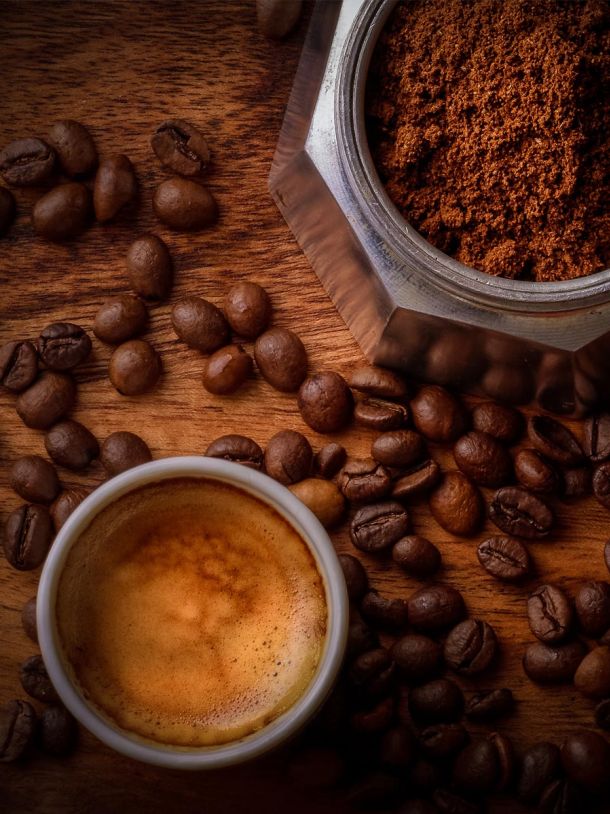
History of Coffee
It is now known that in the 9th century, an Ethiopian goat herd became noticeably perky after nibbling the bright red berries of nearby bushes. The herder tried a few himself, and the consumption of coffee in its most rudimentary form was born. From Ethiopia, coffee soon spread to Egypt and Yemen, with the earliest credible evidence appearing in the 15th century.
By the 16th century, coffee had reached the rest of the Middle East, Persia, Turkey and northern Africa. Vibrant trade between Venice and North Africa, Egypt and the east brought coffee to this key European port. From here, in 1615, Venetian merchants began introducing it to other European countries. Today, people have become passionate about this rich, delicious beverage and have grown to expect the best.
We have combined our passions with a generation of coffee roasters to develop and profile blends specifically designed and roasted to produce the most stunning results from automatic coffee machines.
Due to the different extraction process used in automatic office coffee machines compared to a traditional espresso machine It’s essential to have a specific approach to the way we blend and roast our products There are many variables in automatic machines such as;
Temperature, compaction, water pressure, time, coffee volume… although some of these variables can be controlled within the automatic machine they are not the same.
Apart from selecting a range of premium beans from around the globe, we have fine-tuned our blends by cupping individual coffees in order to understand their unique characters and modifying our blends to arrive at a perfect taste using automatic office coffee machines.
This process has resulted in blends that are perfect complement to any automatic coffee machine ….creating a cafe quality in every cup.
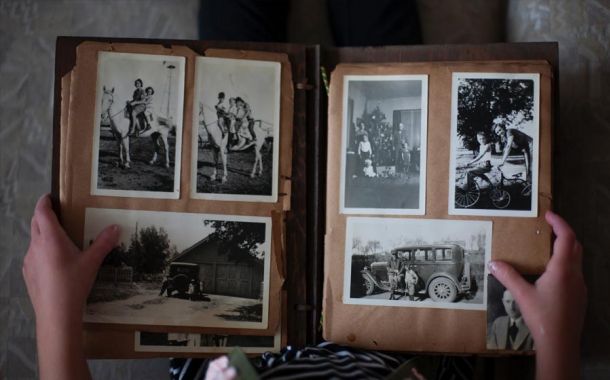

Our Promise
We only partner with providers who deliver fresh,
sustainable and ethical products.
CoffeeTec
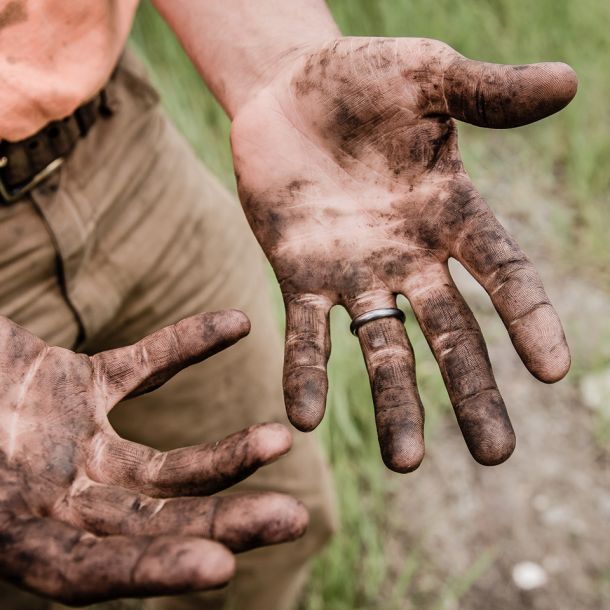
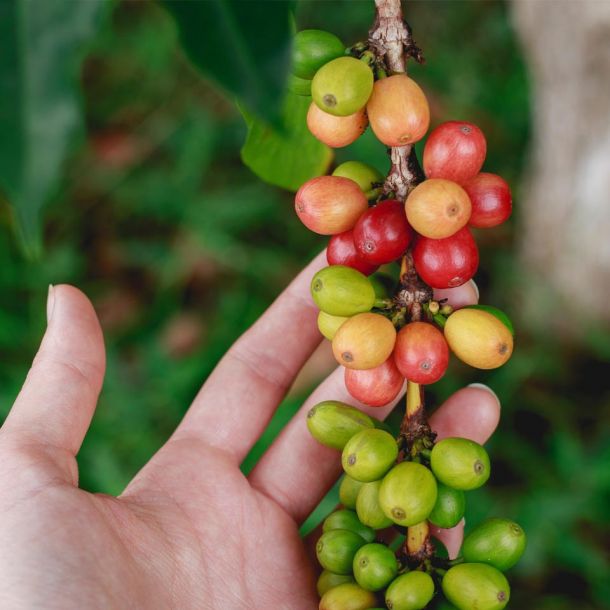
At CoffeeTec we make it our business to live up to this expectation, going to great lengths in our search for only the finest coffee.
Café de Fonte means ‘coffee from the source’, in honour of the way in which we strive to provide coffee that traces its heritage back to the originators in growing locations such as Ethiopia, Brazil and Central America.
As well as its quality pedigree, our coffee is also ethically sourced and organic, making it the best choice in every possible way. Our passion and commitment to the very best has resulted in a range of delicious coffees and quality machines that, together, create a truly memorable coffee experience that you will want to return to again and again.
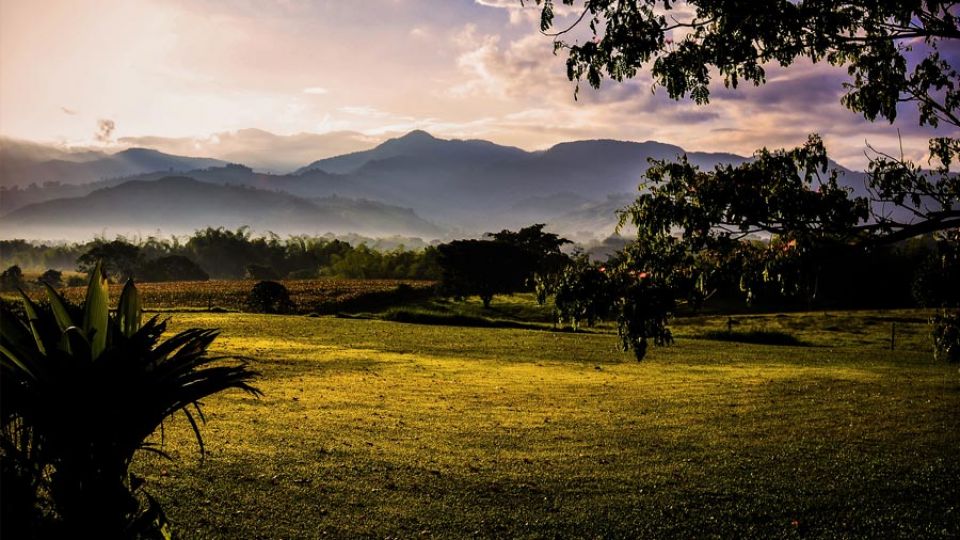
Growing
Coffee is now cultivated in 50 to 60 countries around the world of which 70% is produced in Brazil, Vietnam, Colombia, more than 20 million growers of coffee, of which 70% is produced from smallholdings hard-working families are making their living from coffee in these developing countries.
90% of Coffee is grown at altitudes of 600 to 1600 m above sea level in the regions between Tropic Capricorn and the Tropic of Cancer, a coffee plant needs plenty of rain to grow between 1500 and 2000 mL a year, the coffee plant begins to bear fruit at 2 to 4 years of age. It can grow into a tree as much as 10 m however, on plantations. They usually pruned into low bushes facilitating harvesting of the cherries which, when they turn dark red they are ripe, for picking. 13 can yield 400 to 1500 g of green coffee.
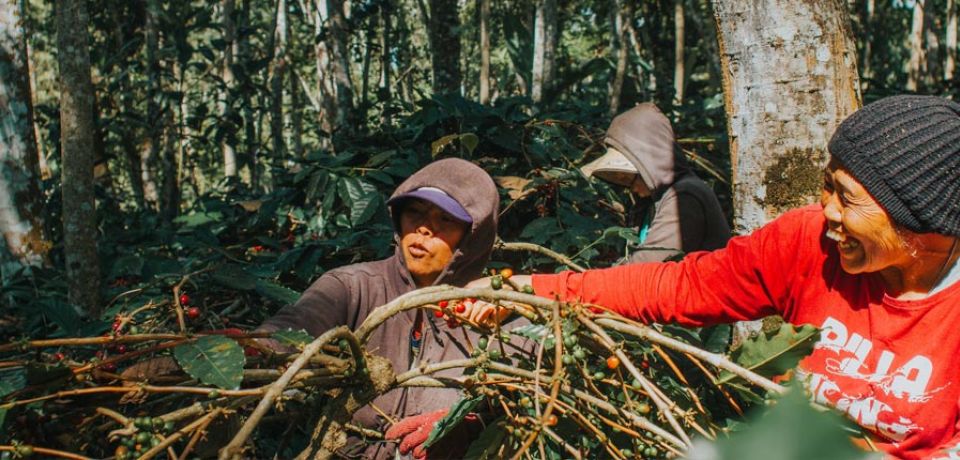
Harvesting
The coffee crop is harvested, either by the hand or mechanically depending on the country and region. On the plains of Brazil machinery can be used, but it is still often hand-picked in areas such as Africa, Central America and Colombia as often it is grown on the mountain slopes.
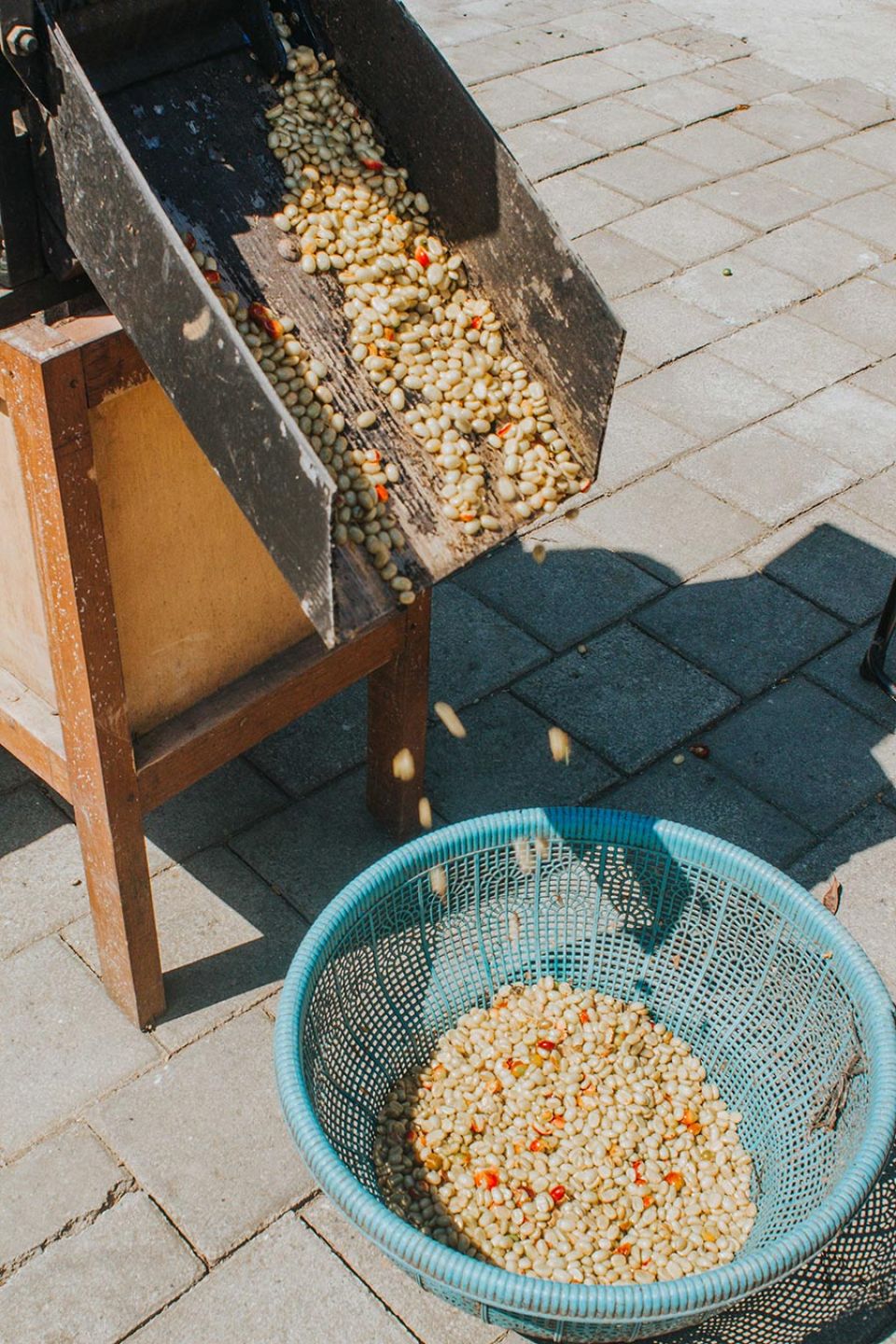
Drying coffee berries
Once harvested the cherries are taken to the processing plants, the seed (coffee beans) are separated from the cherries which they are then cleaned, dried and graded and then bagged into 60 kg sacks of green coffee beans. The sacks are then exported to Australia to our roasting plant in New South Wales.
Coffee Varieties
The main to coffee varieties are:
Arabica – this accounts for 60% of the world’s coffee production and has a nuanced flavour
Robusta – this accounts for about 40% of the world’s coffee output and as it suggests has a robust flavour great dark roasted coffee blends like espresso
Roasting
The delicious smells and the many pleasing flavours and colour of the coffee is formed in the roast, coffee is roasted in an air stream that is heated to 180-280° C in a roasting drum, during the roasting process the green coffee bean gradually changes colour to brown as the water evaporates and its composition changes, in this process the carbohydrates and proteins in the coffee bean breakdown into sugars and amino acids.
The acid in the green coffee bean also breaks down during the roast, which can be anywhere between 5 to 15 minutes depending on the type of coffee, the longer the roast the darker the coffee gets and the less acid there is in it, all these variables intermingle to form hundreds of flavourings.
Our Café de Fonte coffee blends have been specifically profiled to suit the automatic coffee machines and also the traditional espresso machines.
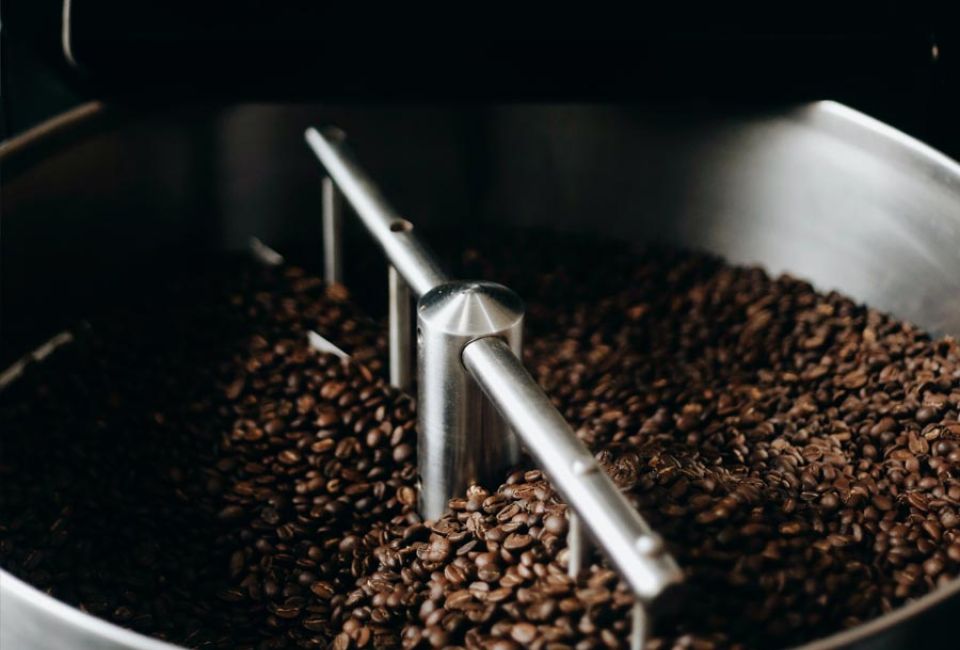
Packaging
Coffeetec coffee beans are quickly cooled and then packaged into black foil lined bags that have been purged with nitrogen and all our bags are fitted with one-way valves to let any trapped gases vent out, keeping in all its goodness, flavours and aromas for you to enjoy in your next coffee break. Coffee’s greatest enemies are oxygen, humidity, heat and light – all are detrimental to the quality of the drink.
With CoffeeTec’s small batch roasting and our packaging and transportation methods we are constantly pursuing perfection, delivering you the ultimate coffee experience.
Coffeetec’s coffee production chain from the bean to the cup is an all important component in offering you the same great taste from our machines, cup after cup.

